Disclosure: This article contains affiliate links. We may earn a commission from purchases at no extra cost to you, which helps our travel content.
The corridors of innovation that stretch from San Francisco's SoMa district to Seattle's South Lake Union represent more than just a collection of gleaming corporate headquarters—they're living laboratories where tomorrow's urban solutions are being prototyped today. As someone who's spent two decades tracking how technological innovations flow between global cities, I've watched these West Coast powerhouses evolve from simply hosting tech companies to becoming integrated smart-city ecosystems themselves. My quarterly business trips to these innovation hubs have become a fascinating barometer for predicting which urban technologies might soon appear in Singapore, Helsinki, or Berlin. This guide distills my methodology for extracting maximum value from business travel to these complementary tech capitals—balancing productive meetings with strategic exploration and the occasional indulgence that makes business travel bearable (dare I say, enjoyable?).
Strategic Accommodation: Position Yourself at the Nexus
After years of trial and error, I've developed a precise calculus for selecting accommodations in tech hubs: proximity to meetings × quality of workspace ÷ access to recovery amenities = maximum productivity. In San Francisco, this equation consistently leads me to the Mid-Market area, where properties like the San Francisco Proper provide sophisticated workspaces and are equidistant from SoMa startups and Financial District headquarters.
In Seattle, I've abandoned downtown proper in favor of South Lake Union. The neighborhood's transformation from industrial afterthought to Amazon's innovation playground has created a microclimate of productivity that extends beyond working hours. The Thompson Seattle offers rooms with dedicated workstations overlooking Elliott Bay—the views alone have sparked some of my most creative problem-solving.
What separates adequate accommodations from exceptional ones is their understanding of business travelers' evolving needs. Beyond reliable Wi-Fi (a bare minimum), look for properties with flexible meeting spaces, 24-hour business centers, and—increasingly important—rooms designed for video conferencing. My portable green screen has become an essential travel companion, allowing me to maintain a professional backdrop regardless of what artwork the hotel has chosen for the wall behind the desk.
Remember that sleep quality directly impacts cognitive performance. I've learned to request rooms away from elevators, ice machines, and high-traffic corridors—a small detail that hotel staff can typically accommodate but that many business travelers neglect to specify.
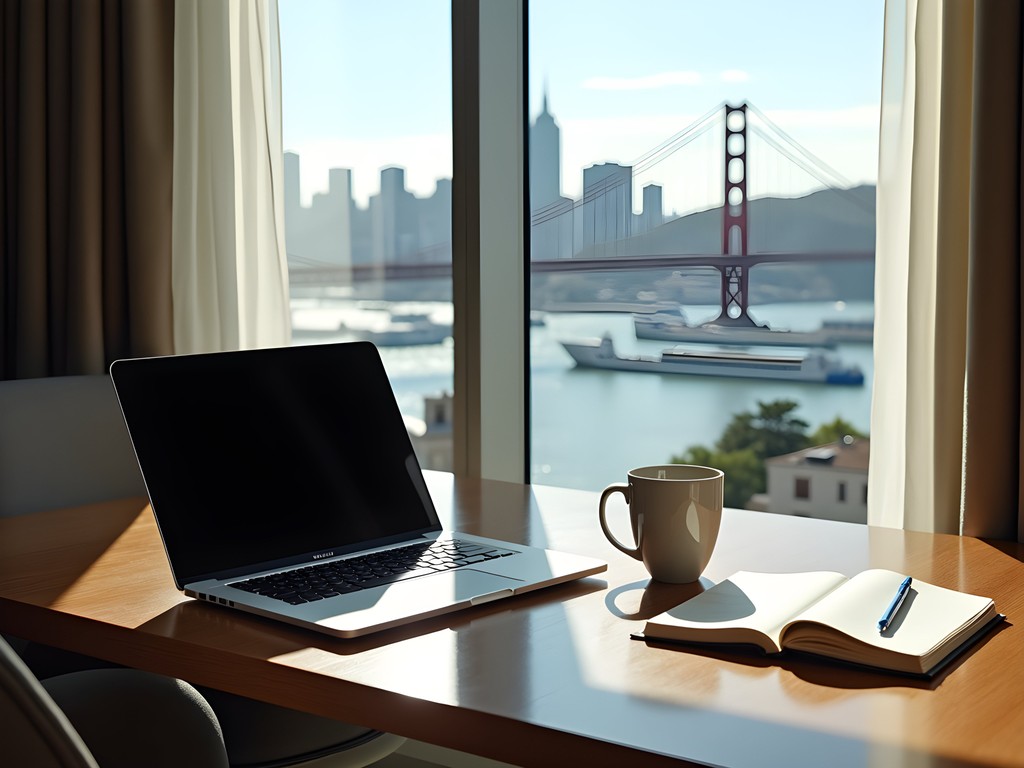
💡 Pro Tips
- Request corner rooms for natural light from multiple angles, which improves both productivity and video call quality
- Look for hotels with executive lounges that offer extended hours for late-night work sessions
- Consider splurging on a suite with separate living/working areas if your trip involves hosting small meetings
Navigating the Urban Tech Landscape
The geography of innovation in these cities isn't static—it shifts as companies expand, contract, and relocate. In San Francisco, while the traditional Financial District maintains its gravitational pull, the real energy has dispersed across SoMa, Mission Bay, and Dogpatch. Seattle's innovation footprint continues expanding beyond South Lake Union into neighborhoods like Fremont and Ballard.
Rather than relying on rideshare services exclusively, I've found that strategic use of micromobility options not only reduces transit time between meetings but provides valuable exposure to the urban fabric. San Francisco's electric JUMP bikes and Seattle's Lime scooters offer efficient transportation while delivering street-level insights impossible to gain from a car's backseat.
For longer distances, I've become a devotee of the Citymapper app for its real-time multi-modal routing. The premium subscription pays for itself in time saved during a single business trip by incorporating real-time transit delays, suggesting optimal transfer points, and even calculating calories burned should you choose to walk.
During my last trip to Seattle, I discovered that Microsoft's Connector shuttles—while primarily for employees—occasionally accommodate visitors with proper escort. These moving meeting rooms offer a glimpse into the company culture while efficiently traversing the region's notorious traffic corridors.
Both cities have developed sophisticated networks of semi-public spaces within corporate campuses. The Salesforce Park atop San Francisco's Transit Center and Amazon's Spheres in Seattle represent the new generation of corporate-funded urban amenities. While access to the Spheres requires planning (book a tour or leverage a contact at Amazon), the rooftop park at Salesforce Tower offers both respite and networking opportunities—I've closed two distribution deals during 'chance' encounters there.
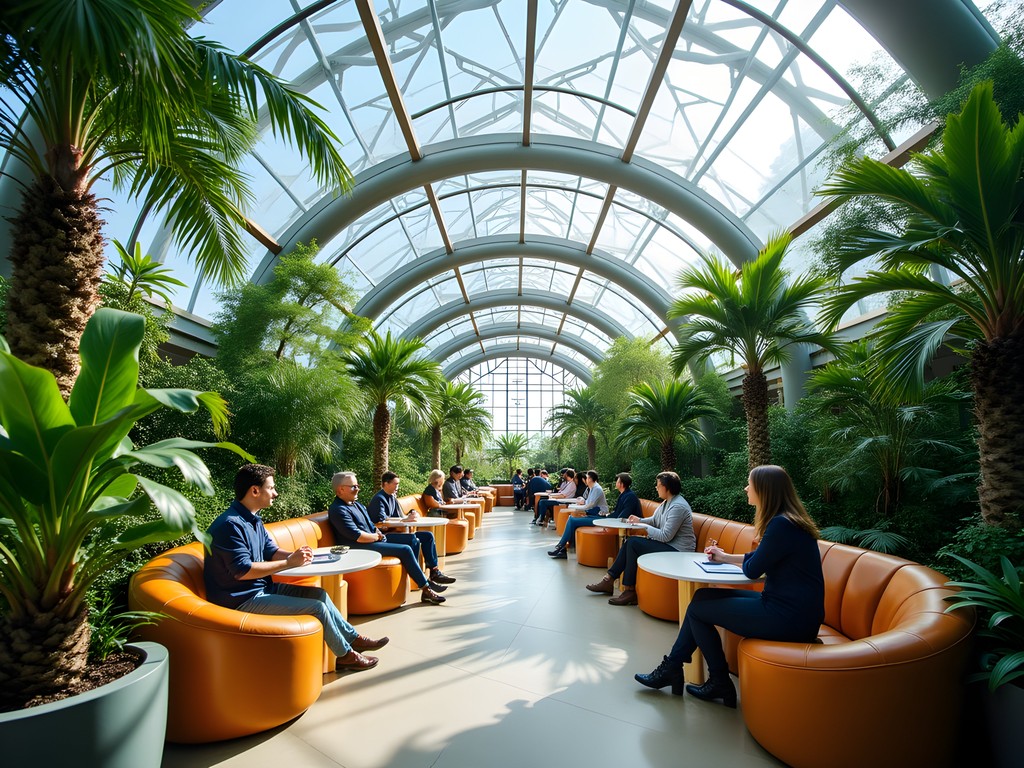
💡 Pro Tips
- Download transit cards to your mobile wallet before arrival (Clipper for SF, ORCA for Seattle)
- Schedule meetings with buffer time for micromobility travel, which is less predictable than rideshares
- Use coworking day passes strategically to position yourself in different neighborhoods throughout your stay
Productive Meeting Environments Beyond Conference Rooms
The standardized corporate meeting room—with its identical furniture, lighting, and atmosphere—has become my least preferred venue for meaningful business discussions. Both San Francisco and Seattle offer sophisticated alternatives that stimulate different thinking patterns and often lead to more productive outcomes.
In San Francisco, I regularly book the private library room at The Battery for discussions requiring strategic thinking. The combination of natural light, surrounding books, and absence of typical office distractions creates an environment conducive to big-picture conversations. For technical discussions, the workshop spaces at Pier 70 provide both the tools and industrial-chic atmosphere that encourage solution-oriented thinking.
Seattle offers equally compelling options. The members-only Collective has bookable spaces that balance professional requirements with Pacific Northwest aesthetics—natural materials, abundant light, and views that remind participants they're not in another anonymous office park. For more casual discussions, the reservation-only meeting pods at Magnuson Park provide surprising privacy in a natural setting.
My most successful meetings often involve movement. Walking meetings along San Francisco's Embarcadero or Seattle's waterfront promenade break conventional thinking patterns. I've equipped myself with a discreet voice recorder for these occasions, ensuring no insights are lost to the wind or wave sounds.
Remember that environment influences outcomes. I once moved a stalling negotiation from a windowless hotel conference room to the observation deck at the Salesforce Tower. The literal change in perspective—seeing the city from 61 floors up—helped both parties recognize broader opportunities beyond our immediate impasse. The deal closed within the hour.

💡 Pro Tips
- Book unique meeting spaces at least 3-5 days in advance, as the best venues fill quickly
- Consider the meeting objective when selecting the environment—creative ideation benefits from stimulating spaces, while detailed negotiations may require more focused settings
- Always have a backup location identified in case of last-minute availability issues
Strategic Networking Beyond Scheduled Meetings
The structured meetings on your calendar represent only a fraction of the business value available in these innovation ecosystems. The serendipitous encounters—what urban theorists call 'collisions'—often yield the highest ROI on a business trip, provided you position yourself strategically in the flow of relevant traffic.
In San Francisco, I've identified several high-probability collision zones: the Blue Bottle Coffee in South Park (frequented by VCs from nearby firms), the lobby bar at the St. Regis (particularly Thursday evenings), and surprisingly, the Equinox on Market Street between 6:30-8:00 AM (where numerous founders and executives start their day). My smart notebook has captured countless impromptu conversations that later developed into formal business relationships.
Seattle's collision spaces operate on different rhythms. The Starbucks Reserve Roastery attracts a mix of local tech leadership and visiting executives, while the bar at Willmott's Ghost inside the Spheres becomes an unofficial Amazon gathering spot after working hours. For Microsoft-adjacent networking, nothing beats the morning ferry from Bainbridge Island, where Redmond-bound executives often use the crossing time for informal conversations.
Industry events provide structured networking opportunities, but their value varies wildly. I've developed a personal rubric: smaller, curated gatherings almost always yield better connections than large conferences. In San Francisco, the monthly Churchill Club dinners consistently deliver quality interactions, while Seattle's Alliance of Angels pitch events attract serious operators rather than merely aspirational networkers.
Remember that meaningful networking requires giving before taking. I maintain a mental inventory of interesting research papers, industry reports, and potential connections I can offer before requesting anything in return. This approach has opened doors at companies from Salesforce to Redfin, creating relationships that transcend transactional exchanges.
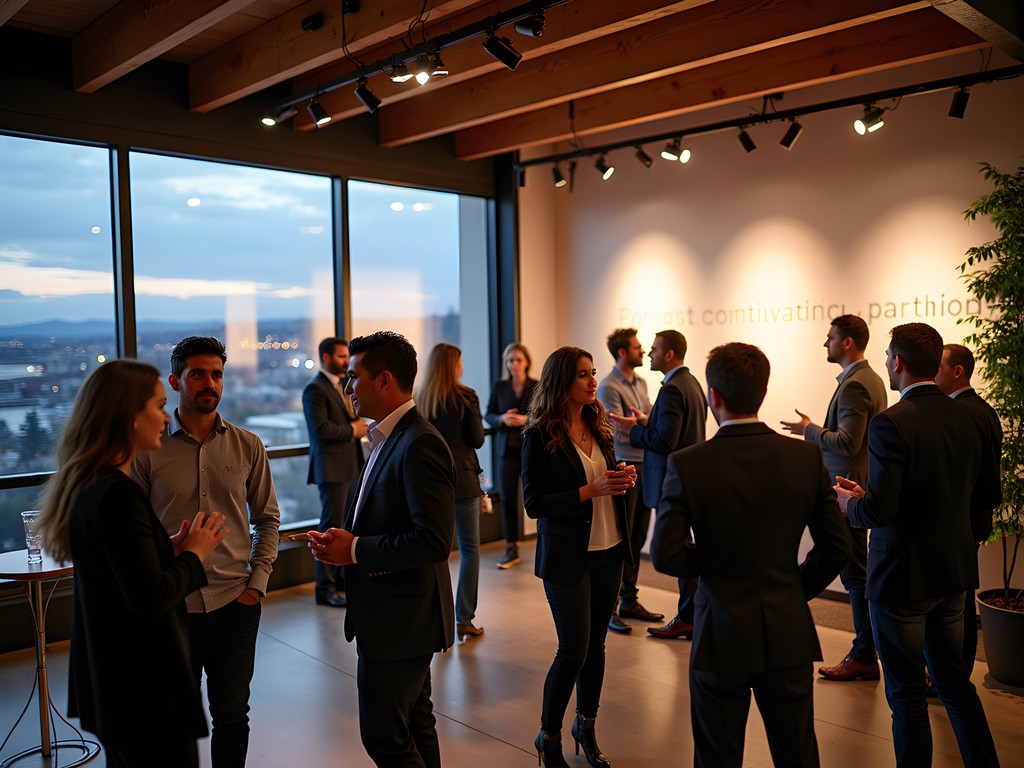
💡 Pro Tips
- Research company-specific gathering spots before your trip—many tech firms have unofficial 'third places' where employees congregate
- Prepare three versions of your elevator pitch: 15 seconds, 30 seconds, and 2 minutes to deploy based on context
- Follow up within 24 hours of meaningful encounters with a specific reference to your conversation
Recovery and Reflection: The Overlooked Productivity Multiplier
The relentless pace of business travel—particularly in innovation hubs where the default speed is 'accelerated'—demands intentional recovery periods. I've learned that strategic downtime isn't merely a luxury but a critical component of sustained productivity. Both cities offer sophisticated recovery options that transcend basic relaxation.
In San Francisco, the thermal bathing ritual at Kabuki Springs provides not just physical recovery but a mental reset that I schedule strategically between intense meeting blocks. For cognitive refreshment, the quiet reading room at the Mechanics' Institute Library offers a century-old antidote to digital overload. When weather permits, a morning trail run in the Presidio delivers both exercise and perspective—the views from the coastal trail have resolved more than one business problem for me.
Seattle's recovery landscape reflects its proximity to nature. The meditation rooms at Heron House offer science-backed mindfulness sessions specifically designed for business travelers. For physical recovery, I've become a convert to the contrast therapy at Sound View Float, where alternating hot sauna and cold plunge sessions restore mental acuity after days of meetings.
My productivity tracking consistently shows that 90 minutes of strategic recovery yields approximately three hours of enhanced performance afterward. This isn't merely subjective—my smart ring provides quantifiable data on how recovery activities impact subsequent sleep quality and cognitive function.
Don't underestimate the power of proper nutrition during business travel. Both cities have moved beyond standard business dining to offer recovery-focused options. The executive meal delivery service from Territory Foods in San Francisco and Seattle's Evergreens build-your-own nutrition bowls have replaced my former habit of rushed room service orders between calls.
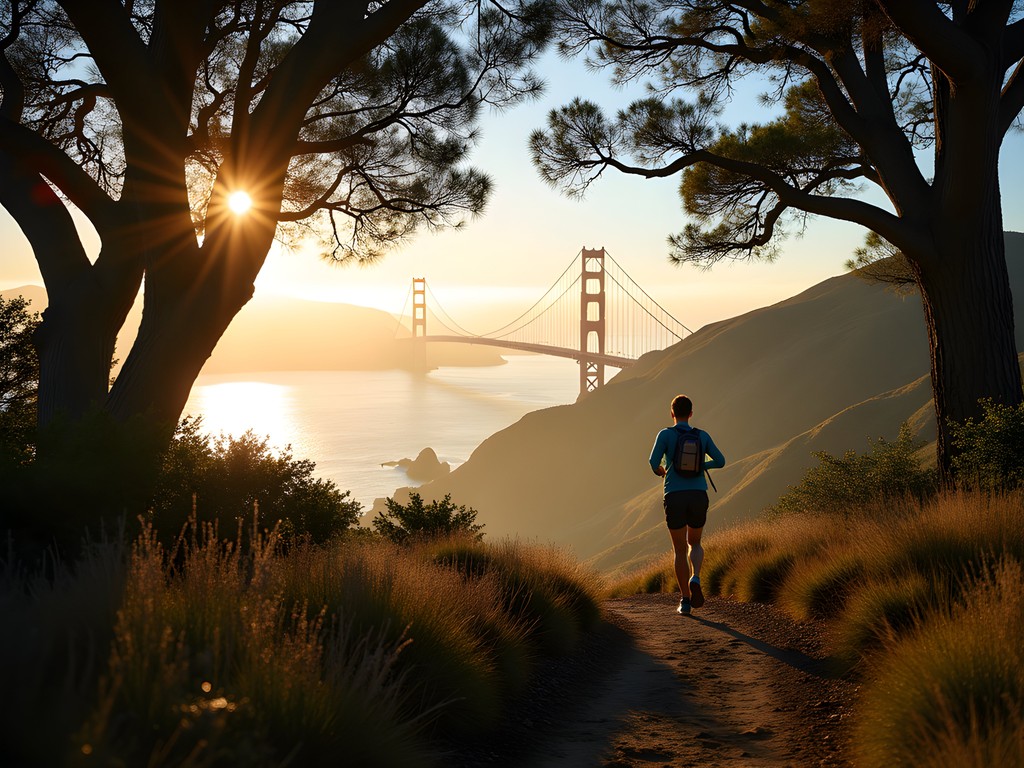
💡 Pro Tips
- Block 60-90 minute recovery periods in your calendar and defend them as vigorously as you would an important meeting
- Consider recovery activities that offer dual benefits—like guided museum tours that provide both cultural insights and mental refreshment
- Track your own recovery-to-productivity ratio to identify which activities deliver the highest return on invested time
Final Thoughts
The twin tech capitals of America's West Coast offer business travelers far more than just meeting venues—they're living laboratories where tomorrow's urban innovations are being beta-tested today. By approaching these cities with intentionality—strategically positioning your accommodations, leveraging alternative meeting environments, navigating the innovation geography efficiently, cultivating serendipitous networking opportunities, and prioritizing recovery—you transform standard business trips into competitive advantages. As these cities continue evolving their smart infrastructure, the opportunities for informed business travelers will only multiply. I'll be returning to both San Francisco and Seattle next quarter, tracking how their innovation ecosystems are influencing each other and anticipating which elements might soon appear in my other regular destinations across Asia and Europe. The business traveler who understands these cities as interconnected innovation systems, rather than mere meeting locations, gains not just productive trips but predictive insights into tomorrow's global urban landscape.
✨ Key Takeaways
- Position accommodations at the nexus of your meeting locations rather than defaulting to traditional business districts
- Leverage alternative meeting environments that stimulate different thinking patterns based on your specific objectives
- Identify high-probability 'collision spaces' where serendipitous networking can occur with relevant professionals
- Implement strategic recovery periods that deliver measurable productivity improvements for subsequent activities
📋 Practical Information
Best Time to Visit
year-round, though September-November offers ideal weather in both cities
Budget Estimate
$500-750 per day including luxury accommodations, transportation, and meals
Recommended Duration
3 days per city minimum for meaningful engagement
Difficulty Level
Intermediate
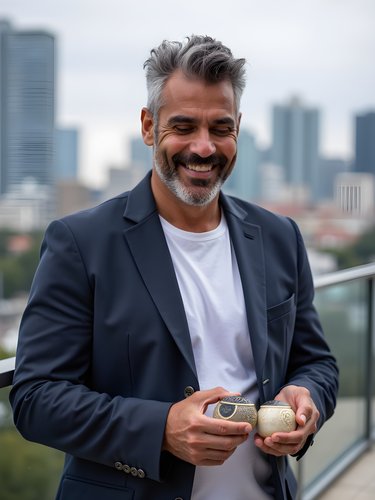
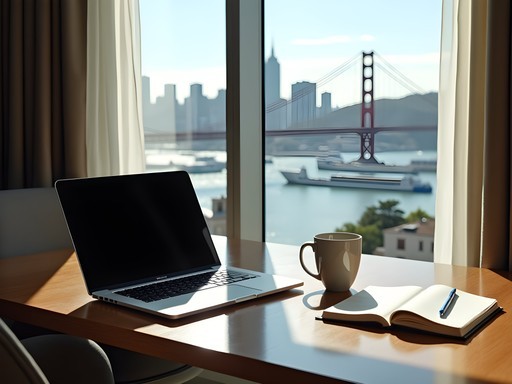
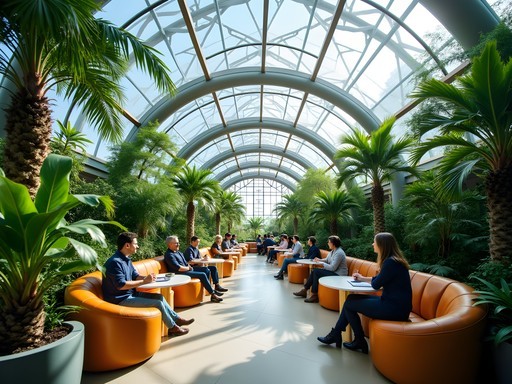


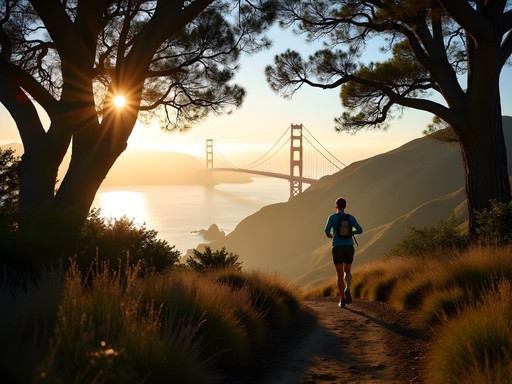


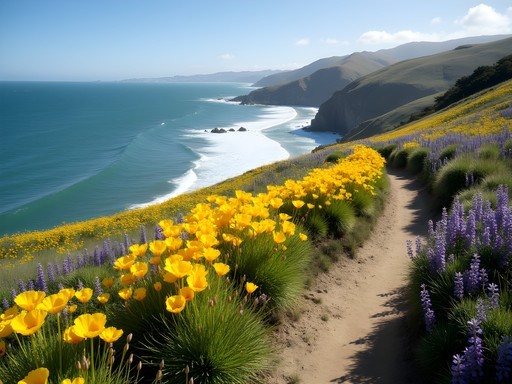

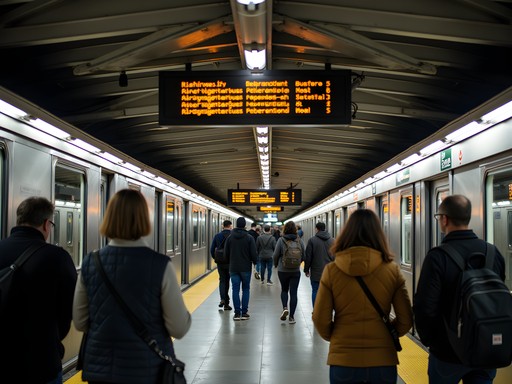
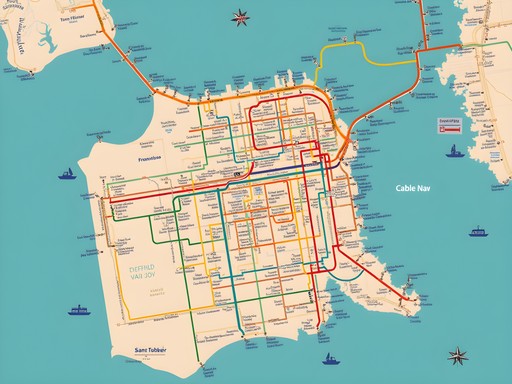
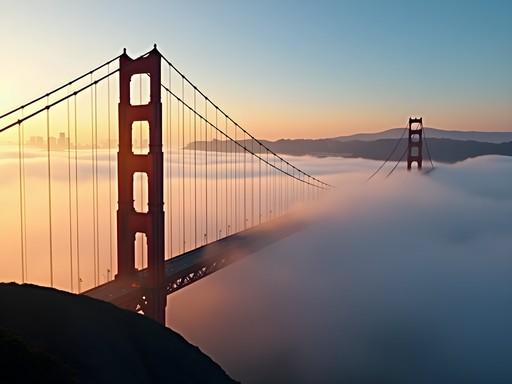
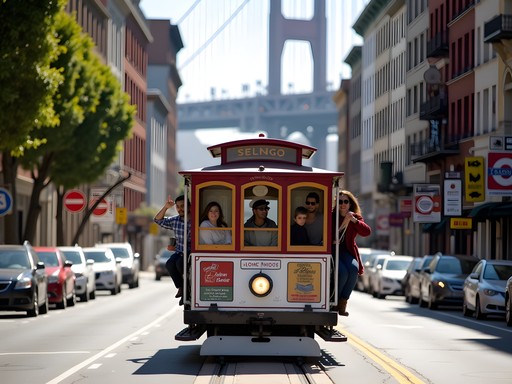
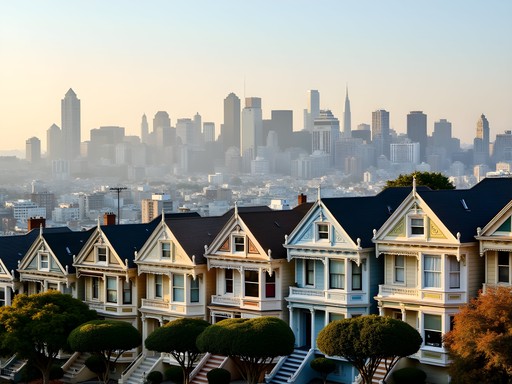
Comments
Claire Hawkins
This is such a practical guide! While my husband was attending meetings in Seattle last month, I tagged along with our 3-year-old. For business travelers bringing family, I'd add that many of the hotels in South Lake Union are surprisingly family-friendly while still being convenient for tech meetings. The Amazon Spheres tour was fascinating even for our little one! Also, the Museum of Pop Culture nearby made for a perfect evening activity after my husband finished his workday. The Seattle tech scene seems to have a better work-life balance vibe than SF - we noticed many more business people with families in tow there.
globeguide
Claire, that's so helpful! Planning to bring my family next trip. Did you find any good kid-friendly spots near the SoMa district in SF too?
Claire Hawkins
Yes! The Children's Creativity Museum at Yerba Buena Gardens was perfect - right in SoMa and kept our little one entertained while my husband had a meeting nearby. The whole Yerba Buena area is great for families!
photostar
Love that header photo of the Bay Bridge! Perfect capture of SF's tech vibe.
travelrider
Just got back from a business trip to SF and totally agree about the importance of location! I stayed in SoMa and it made all the difference. One thing I'd add - the Salesforce Park is an amazing spot for casual meetings when the weather's nice. It's elevated above the city and has great seating areas. Much better than being stuck in a conference room all day!
Claire Hawkins
Salesforce Park is such a hidden gem! I was there with my husband (who was on business) and our toddler last month, and it was perfect. The little garden areas are so peaceful despite being in the middle of the city.
Taylor Moreau
Dylan, excellent breakdown of the tech ecosystem in these cities. As someone who travels to SF quarterly for fintech meetings, I've found the strategic accommodation advice particularly valuable. One additional tip for business travelers: both cities have excellent co-working spaces that offer day passes. In Seattle, I highly recommend WeWork for its proximity to major tech offices and the views are spectacular for impressing clients. The networking events section is spot-on - I've made more valuable connections at informal meetups than at the conferences I was actually there to attend. Will be bookmarking this for colleagues.
backpackguide
Any recommendations for getting between meetings quickly in Seattle? Is Uber the way to go?
travelrider
I found the Link light rail super efficient for longer distances in Seattle, but for hopping between South Lake Union meetings, I just walked most places. The e-scooters are also pretty handy if you're in a hurry!
backpackguide
Thanks! Didn't think about scooters, will try that.
islandking
Great post! First business trip to SF next month. Super helpful!
globeguide
This is exactly what I needed! Just spent two weeks bouncing between meetings in SF and Seattle last month. Wish I'd read this before - would have definitely chosen accommodation closer to the action. That tip about positioning yourself at the nexus is spot on. I stayed near Fisherman's Wharf in SF (tourist mistake!) and spent so much time commuting to SoMa. Next time I'll be smarter about location. Also loved the suggestion about coffee shop meetings - Sightglass Coffee in SF was my go-to discovery for informal catchups!
photostar
Sightglass is amazing! Their Mission location is my fav for meetings.
globeguide
Oh I didn't make it to their Mission spot! Adding it to my list for next trip. Their SoMa location was perfect though.
Casey Andersson
Dylan's guide brought back memories of my last trip combining SF and Seattle! I'd add that the contrast between these cities' tech cultures is fascinating. In San Francisco, I found meetings often spilled into drinks at places like Dirty Habit or Local Edition - very much a 'work hard, play hard' vibe where deals happen over craft cocktails. Seattle, on the other hand, had this wonderfully focused energy during the day, but evenings were more about unwinding - often at gastropubs with incredible local beers. My best connections there happened during a morning kayaking session on Lake Union, watching seaplanes land while discussing partnership opportunities with a Microsoft team. One thing I wish I'd known: the loyalty programs at the boutique hotels in both cities are actually worth joining. After my third stay at the Hotel Zetta in SF, I was getting room upgrades that included perfect workspaces with views that made early morning calls to New Zealand much more bearable!
redseeker
Just got back from a week split between these cities. The section on 'Productive Meeting Environments Beyond Conference Rooms' was spot on! Used the outdoor meeting spaces at Salesforce Park in SF and it completely changed the dynamic of our discussion. Also, the tip about ferry commuting in Seattle gave us amazing views of the city while prepping for our meeting. Great article!
journeyninja
How was the wifi situation at Salesforce Park? Stable enough for sharing presentations?
redseeker
It was surprisingly good! I was able to screen share without issues. Just find a spot near one of the main buildings for the strongest signal.
Jean Wells
Having spent the last decade traveling between tech hubs for business, I'd add one critical element to Dylan's excellent guide: preparation for microclimates. San Francisco's famous fog can create temperature variations of 10-15 degrees between neighborhoods, while Seattle's rain can appear without warning. I've learned to carry my compact umbrella and dress in layers. Nothing kills productivity like being uncomfortable or inappropriately dressed for a key meeting. Also worth noting: both cities have excellent coworking spaces that offer day passes. When you need focused work time between meetings, these provide better environments than hotel lobbies or cafes. WeWork, The Vault, and Galvanize in SF; Pioneer Collective and Industrious in Seattle have all served me well.
Venture X
Premium card with 2X miles, $300 travel credit, Priority Pass